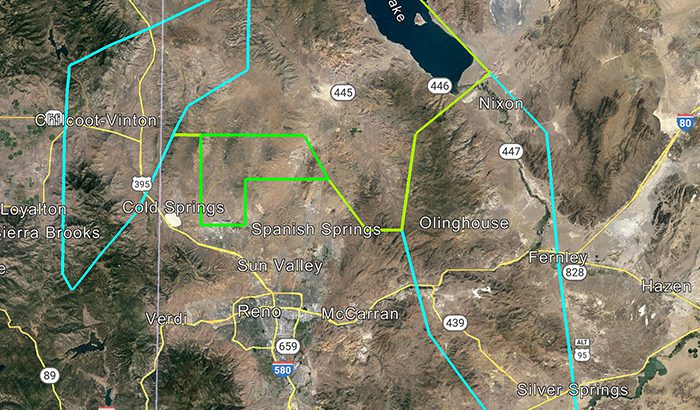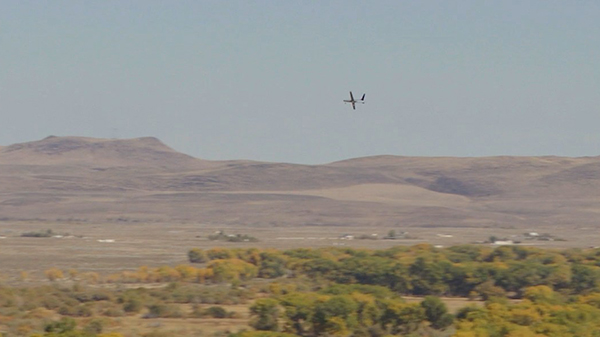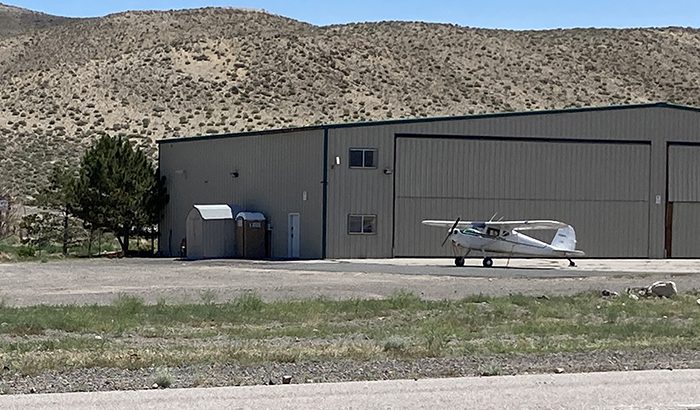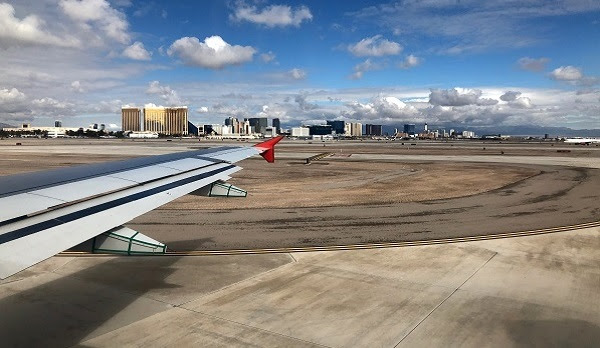The Federal Aviation Administration (FAA) has granted the Nevada Unmanned Aircraft System (UAS) Test Site (UASTS) a waiver (Waiver No. 44803-7) issued under the authority of Title 49 of the United States Code (49 U.S.C.) 44803(c) for civil (non-public) UAS operations at a 1,000 square mile test site area located north of Reno, Nevada. “This […]
Neveda
Thrive Aviation partners with Southwest Airlines in the Destination 225° Pilot Pathways Program
Thrive Aviation announces its partnership with the Southwest Airlines® Destination 255° Pilot Pathways Program. By building hours with verified partners, the Cadet Pathway creates opportunities for new pilots to become Southwest Airlines First Officers in as little as four years. Thrive Aviation is honored to join this partnership with Southwest Airlines and is eager to […]
All In Aviation’s Stephanie White Earns Prestigious Gold Seal Certification
All In Aviation, Southern Nevada’s premier flight school and full-service aviation company, has announced that certified flight instructor (CFI), Stephanie White, has joined only a handful of CFIs in the nation to earn a gold seal certification. This prestigious recognition is awarded by the Federal Aviation Administration (FAA) to flight instructors who have demonstrated excellence […]
Legislature Passes and Governor Signs AB58 Appropriating $2M In Nevada Fund for Aviation
The Nevada Aviation Association (NvAA) and its membership encouraged Nevada’s 82nd legislature to appropriate $2 Million for the Nevada Fund for Aviation (Fund). Assemblyman Bert Gurr, representing parts of Elko, Eureka, Lincoln, Nye, and White Pine Counties introduced legislation appropriating money for the Fund. The Fund helps rural counties meet local match requirements for Airport […]
All In Aviation Acquires First FAA-Certified ALSIM ALSR20 Simulator in the U.S.
ALSIM has announced that All In Aviation has attained the Advanced Aviation Training Device (AATD) simulator qualification for their ALSIM ALSR20, making them the initial operator of an FAA-certified ALSIM ALSR20 simulator in the US. The ALSIM ALSR20 has the latest Cirrus SR G6 specific interior cockpit and flight deck including a real Garmin GDU […]
Iris Automation Granted Third BVLOS Waiver to Operate Without Visual Observers on Behalf of the City of Reno
Iris Automation has been granted its third waiver for Beyond Visual Line of Sight (BVLOS) autonomous operations on behalf of the City of Reno Fire Department, a participant in the FAA’s BEYOND program. In conjunction with previous waivers issued to Iris Automation, this offers a wider range of options for future UAS river rescue missions […]
Former Airport Director Brings Decades of Leadership to BDI Team
Blast Deflectors, Inc. (BDI), a global specialist in jet blast protection and ground run-up enclosures for airports, has announced that Andrew (Andy) Solsvig has joined its team as a Business Development Representative in its Reno, NV headquarters. Solsvig has attained a broad spectrum of aviation industry experience from serving in key leadership positions at numerous […]
Maverick Helicopters Celebrates National Aviation Day with Discounted Tours for All Aviation Employees
Maverick Helicopters is celebrating National Aviation Day on Aug. 19 with an exclusive offer for all aviation employees. Active employees including pilots, flight attendants, airport employees, and others can enjoy 20% off on many helicopter experiences when they book from Wednesday, Aug. 19 – Tuesday, Aug. 31, valid in Las Vegas, Arizona and Hawaii. “We […]
GRASS™ Opportunity Zone Fund Acquires Tiger Field in Nevada, Expands Investment in Aviation
Growth Resources, Assets, Safety, & Stability (“GRASS™”)—a qualified opportunity zone fund focused on applying cutting-edge technology to complex compliance processes, has announced the acquisition of Tiger Field airport in Lyon County, Nevada. The acquisition adds to GRASS™’s investments in aviation technology and aircraft hangar development. Tiger Field was a public use airport owned by the […]
FAA to Implement Las Vegas Metroplex Project
The Federal Aviation Administration (FAA) will implement the Las Vegas Metroplex project on Feb. 25, 2021. The comprehensive project will use satellite navigation to move air traffic more safely and efficiently through the area. New routes for McCarran International Airport, Henderson Executive Airport, and North Las Vegas Airport will be more direct, automatically separated from […]








